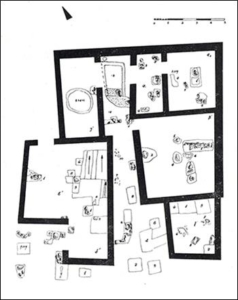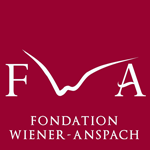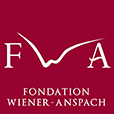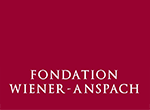
Présentation
Greek polis, as a political and territorial entity, is a remarkable social organisation that emerged in the Greek world after the collapse of the Mycenaean palace system and the “transition” period that followed. Because of its very distinctive character within the ancient world, the city-state dominates the study of Greek history. As a result, earlier literature often links the polis with communal rites and feasting in sacred or public spaces. Scholars consider that these activities were a means to enhance the territory or group cohesion.
Previous scholarship has discussed cult and burial practices for periods earlier than the formation of the polis, but we have need of an up-to-date study of collective ceremonies from the Post Palatial period (ca 12th-11th c. BC) to the Archaic period (6th c. BC). Recent archaeological discoveries and their interpretations therefore reveal complex communal practices that must be examined within a wider social context and, more importantly, beyond the structure of the Greek polis.
The project aims to study distinctive collective rituals which already occur in the Early Iron Age, and which extend into the Archaic period. Four significant study cases have been taken as a starting point : Lefkandi in Euboea, the Sacred House in the Academy of Athens, the EIA Amyklaion in Sparta and the Archaic Building Complex in Itanos in Crete. The project will address several important issues that can also be applied to other sites which display similar features and are located over a wide span of geographical areas.
The final aim of the program will be to describe the variety of social structures that gave rise to such activities and to discuss the much debated issue about continuity in patterns of collective behavior from the Bronze Age to the rise of the polis, at least in certain distinctive areas of the Greek world.
Les promoteurs
- Athéna Tsingarida, CReA-Patrimoine, ULB
- Irene Lemos, Ioannou Centre for Classical and Byzantine Studies, Université d’Oxford


